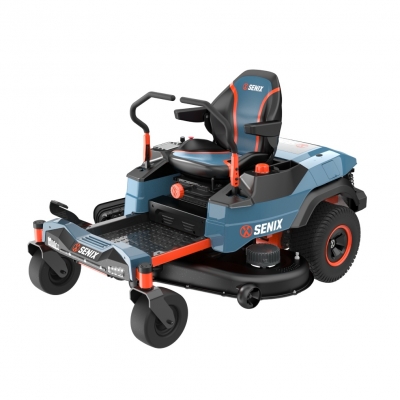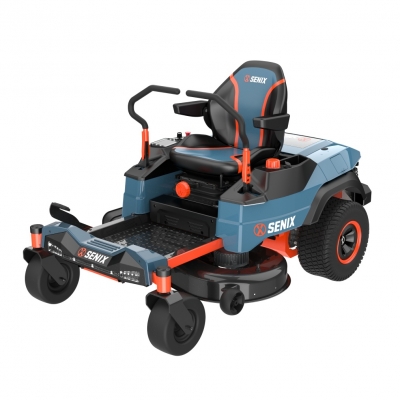Reciprocating Saw vs Circular Saw: Which Tool Should You Choose?
If you are trying to decide between a reciprocating saw vs circular saw, the right choice depends on your project goals. A reciprocating saw is perfect for demolition, rough cuts, and versatility, while a circular saw excels in precision, straight cuts, and woodworking. Brands like SENIX offer powerful models in both categories, giving you options whether you need clean cuts for lumber or quick removal of old materials. Understanding the strengths and weaknesses of each saw helps you make the best decision for DIY projects or professional construction.
What Is a Reciprocating Saw?
A reciprocating saw, often nicknamed a “Sawzall,” uses a push-and-pull motion to cut through different materials. Its blade design makes it ideal for demolition tasks where precision is less important than speed and versatility.
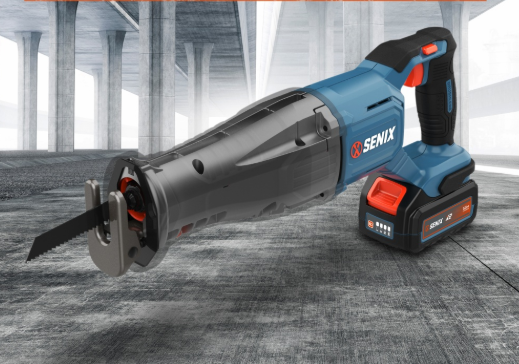
Key features:
Aggressive cutting action.
Interchangeable blades for wood, metal, and PVC.
Works well in tight spaces.
Often used for pruning, remodeling, and demolition.
According to Tools of the Trade Magazine, reciprocating saws are one of the most common tools in renovation projects because they can handle nails, pipes, and irregular surfaces with ease.
What Is a Circular Saw?
A circular saw uses a rotating disc blade to deliver clean, straight cuts. It is the go-to tool for construction and woodworking projects where accuracy matters.
Key features:
Produces straight, precise cuts.
Available in corded and cordless options.
Works best for lumber, plywood, and sheet materials.
Can be paired with guides for repeatable cuts.
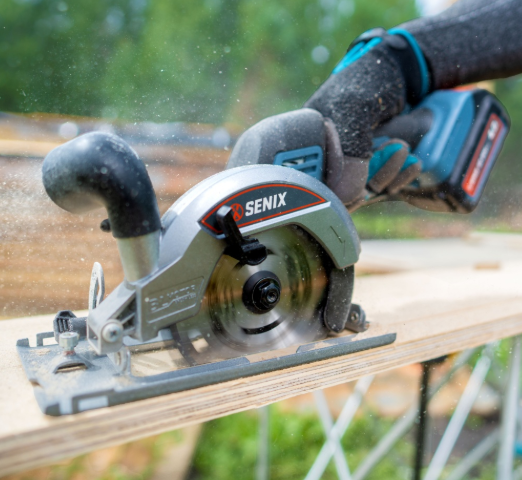
A 2024 Statista report shows that circular saws remain one of the top three most purchased power saws among DIY users in the U.S., largely due to their reliability in home improvement tasks.
Reciprocating Saw vs Circular Saw: Key Differences
Cutting Style and Precision
Reciprocating saws: Rough cuts, jagged edges, excellent for demolition.
Circular saws: Straight, clean cuts ideal for carpentry.
Speed and Efficiency
Reciprocating saws remove material quickly in awkward or confined areas.
Circular saws cut faster and cleaner across large boards.
Versatility and Applications
Reciprocating saws adapt to many materials with blade changes.
Circular saws specialize in wood and sheet goods but can handle metal with specific blades.
Safety Considerations
Reciprocating saws require two-handed operation and can cause kickback if misused. Circular saws need stable surfaces and proper guarding. According to the U.S. Consumer Product Safety Commission, circular saw accidents account for thousands of ER visits annually, underscoring the need for proper handling.
Portability and Power Options
Both saws come in corded and cordless models. SENIX cordless options use long-lasting lithium-ion batteries, providing consistent power for hours of cutting.
Which Is Better for Specific Projects?
Cutting Wood and Lumber
Circular saw is the winner for clean, straight cuts.
SENIX circular saws deliver pro-level performance for woodworking.
Demolition and Renovation
Reciprocating saw excels at cutting through walls, nails, and old framing.
DIY Home Projects
Circular saw for making shelves, tables, or flooring.
Reciprocating saw for remodeling tasks like removing old fixtures.
Metal and PVC Cutting
Reciprocating saw is superior when equipped with the right blade.
Alternatives and Related Tools
Jigsaw vs Reciprocating Saw vs Circular Saw
Jigsaw: Best for curved cuts and detailed work.
Reciprocating saw: Best for demolition.
Circular saw: Best for straight lines and framing.
Chainsaw vs Reciprocating Saw for Rough Cuts
Chainsaws handle heavy logs outdoors, while reciprocating saws are safer indoors for cutting studs, pipes, and smaller branches.
Best Picks for Different Users
Best Reciprocating Saw for DIY Projects
The SENIX 20V Brushless Reciprocating Saw is lightweight, cordless, and ideal for small jobs like trimming branches or cutting pipes.
Best Circular Saw for Beginners
The SENIX 20V Brushless Circular Saw balances power and ease of use, perfect for beginners cutting plywood or 2x4s.
Cordless Options: Reciprocating Saw vs Circular Saw
Both tools are available in SENIX’s 20V brushless lineup, offering flexibility for homeowners and contractors.
Safety Tips When Using Power Saws
Always wear goggles, gloves, and ear protection.
Use clamps to secure materials before cutting.
Keep blades sharp and replace them when worn.
Follow manufacturer safety instructions — SENIX tools include built-in safety features such as blade guards and trigger locks.
Final Verdict: Reciprocating Saw or Circular Saw?
Choose a reciprocating saw if you are tackling demolition, cutting pipes, or working in tight spaces.
Choose a circular saw if you need clean, straight cuts for woodworking or building.
Many professionals and DIY enthusiasts own both, since they serve different purposes.
If you’re looking for reliable options, SENIX provides durable 20V Brushless Reciprocating Saw and 20V Brushless Circular Saw models that cover both precision and demolition needs. By matching the tool to your task, you’ll save time, improve results, and work more safely.


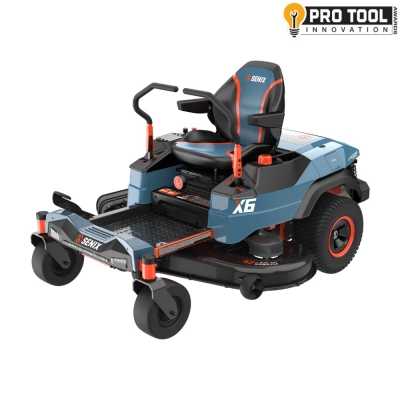
 (5.0)
(5.0)